Educational Choices and Educational Traps

Towards an Integration between Computational and Statistical Modelling in the Sociology of Social Stratification
This is the original draft of my contribution to the special issue on « Class and Stratification Analysis » to appear in Comparative Social Research (guest editor: Gunn Birkelund). The article eventually published in Comparative Social Research (2013, 30: 47-100) as “Educational Choices and Social Interactions: A Formal Model and A Computational Test” is a new, deeply modified version of this draft. Readers are warmly invited to read and quote the published version of my article. It was first published by the GEMASS in November 2011 as GeWoP-1.
This paper is published by the Groupe d’étude des méthodes de l’Analyse sociologique de la Sorbonne (GEMASS - CNRS, Paris Sorbonne, FMSH) in Paris, under the cover of the Fondation Maison des sciences de l’homme’s collection of working papers.
From a substantive point of view, the paper analyzes the statistical association between individuals’ educations and those of their parents in France and in Italy at the beginning of the twenty-first century – a phenomenon for which a comparison specifically focused on these two countries is still lacking. From a theoretical point of view, the paper develops a formal explanatory model of the macro-level structure of educational inequality - the «interdependent educational choice model» (IECM) - which frames educational choices as the result of both individual benefit/cost evaluations and peer-group pressures. It thus enriches the sociological educational rational-choice approach through the economic perspective of the so-called «membership theory of inequality». From a methodological point of view, the paper adopts agent-based simulations as a means to test the explanatory relevance of the IECM. Three groups of results are discussed. First, the paper demonstrates that simulation of the agent-based implementation of the IECM is able to generate a macro-level association between agents’ educational backgrounds and their educational outcomes whose basic structure well reproduces all the qualitative aspects of both educational outflows and opportunities observed in France and in Italy at the beginning of the twenty-first century. Second, by analyzing data collected at the agent-level during the simulation, the paper demonstrates that these macro-level patterns are produced on the basis of micro- and relational-level regularities which qualitatively mimic the real-world counterparts for which we have (at least, partial) empirical evidence. Finally, by manipulating the characteristics of the artificial network in which agents are embedded, the paper demonstrates that the IECM generates a realistic macro-level structure of educational inequalities on the basis of a cumulative process in which highly educationally-homophilic ego-centred dyadic networks fuel educational traps that progressively amplify the initial within- and between-group heterogeneity in agents’ perceptions of the benefits and costs of educational levels. Overall, the paper is a preliminary attempt to create, within the sociology of stratification and social mobility, an interface among formal theoretical modelling, the quantitative analysis of empirical data, and computational techniques.

Se souvenir d'Humoresques

Sous les temps de l'équateur

Du préjugé


